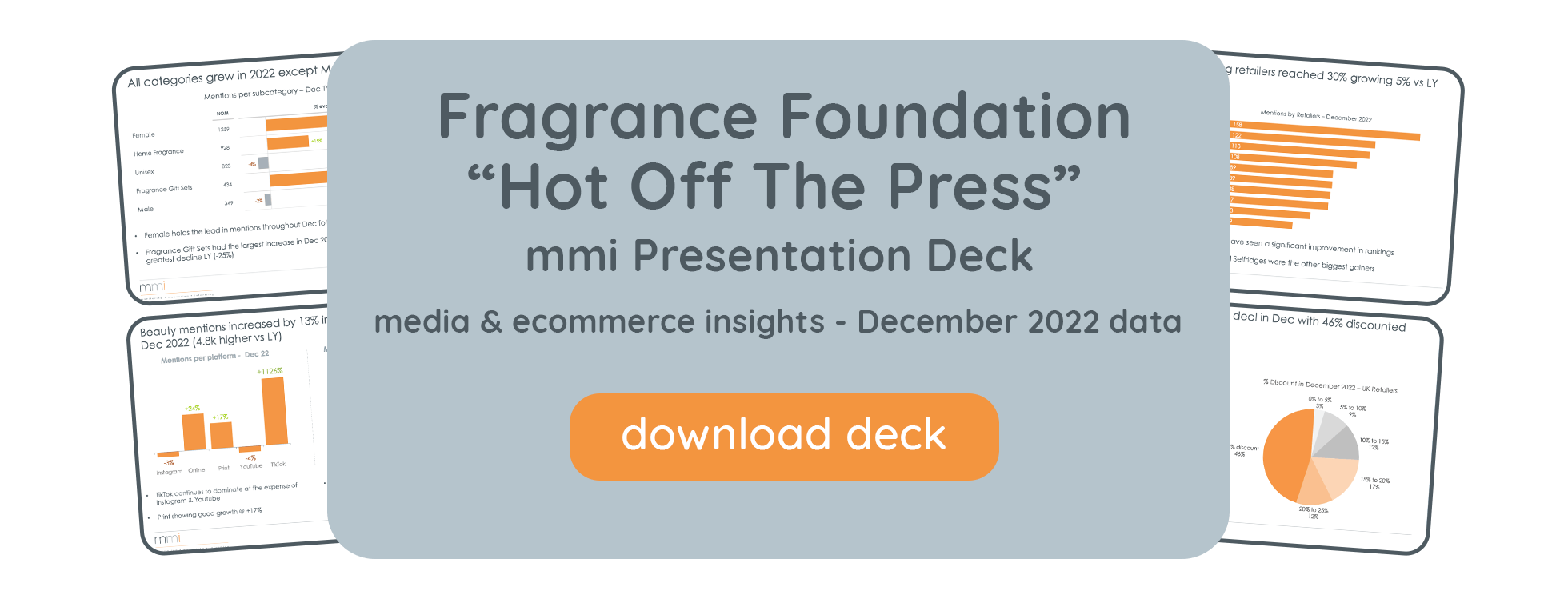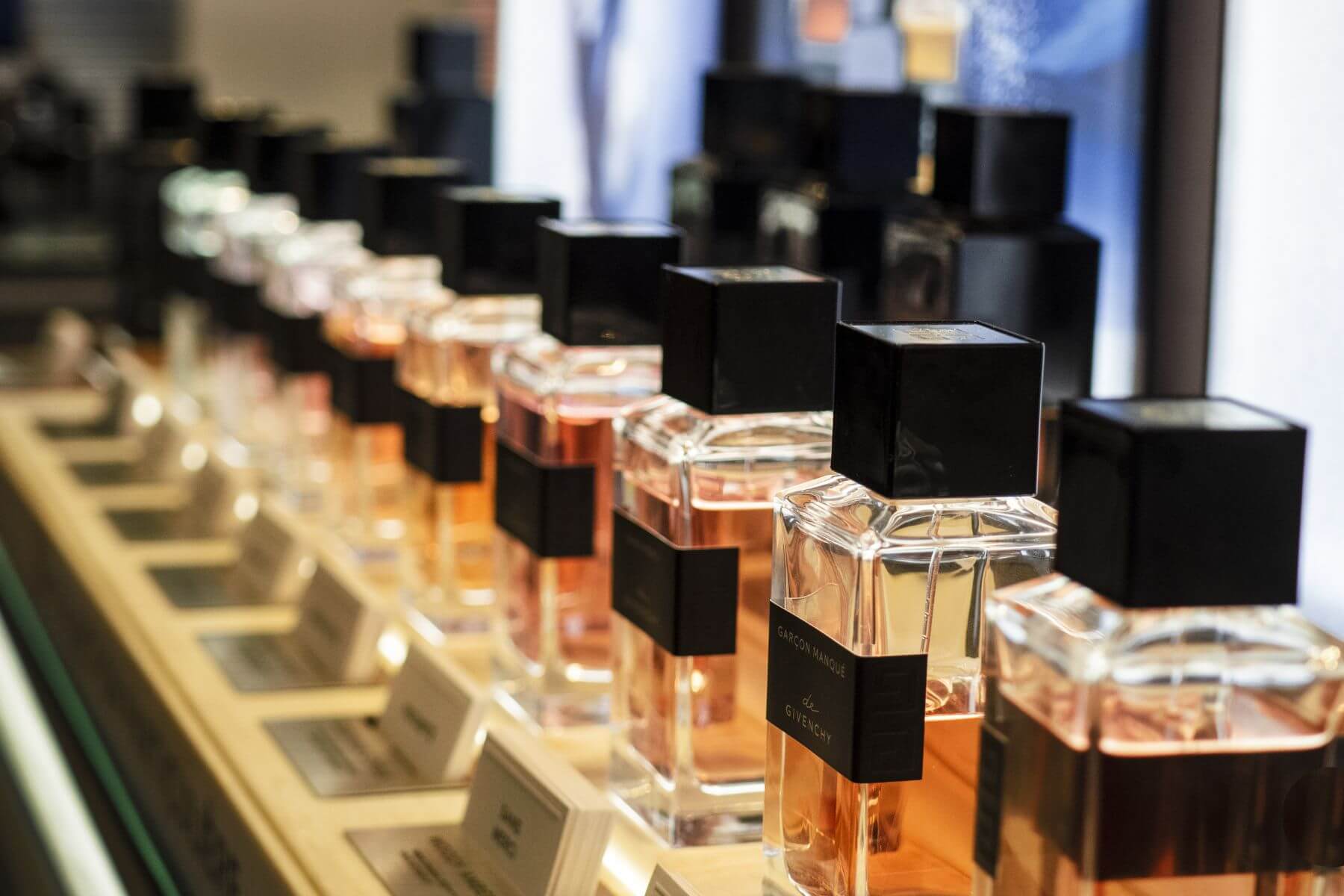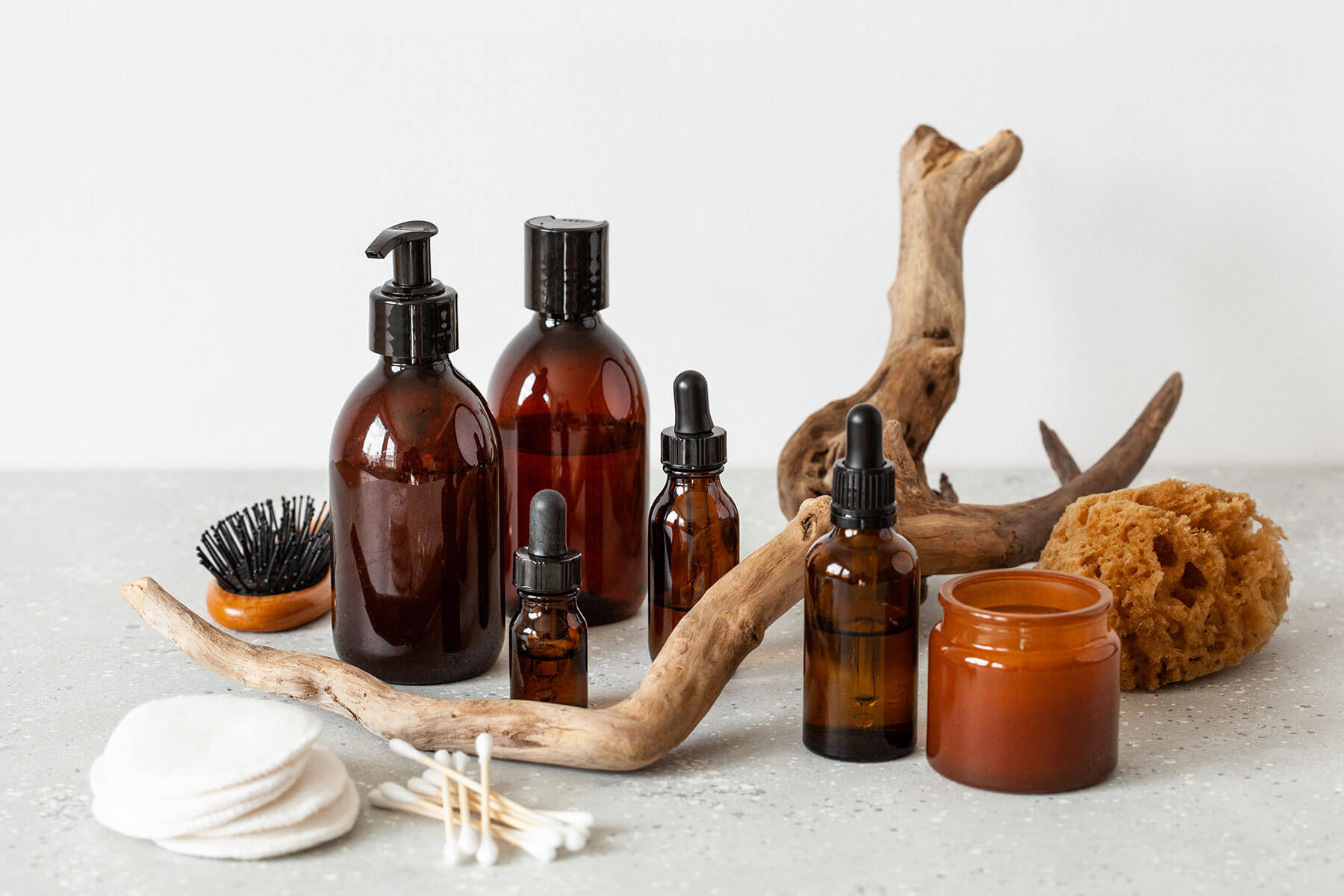In Europe, the allure of travel retail is undeniable for jet-setting beauty shoppers. A heady combination of ‘holiday mode’, dazzling product displays and duty-free discounts contributed to 8% of all global beauty sales in a pre-pandemic 2019. Unsurprisingly, that figure took a hit over the course of the COVID-19 travel bans, when a dramatic reduction in airport traffic saw it drop to just 4% in 2020.
And, while traditional consumer retailers could lean into their digital offerings in the face of store closures, travel retail was forced to bear the brunt of lockdowns with little in the way of a ‘plan B’. It’s no surprise, then, that the travel retail industry is exploring a more omnichannel approach in 2022, even as airport footfall soars and revenue is on the rise once more.
This move may be, in part, due to continuing shifts in perception of the airport shopping experience. According to the Boston Consulting Group, individual passenger spend has continuously declined at a rate of 3.4% since 2002. Add in a summer of travel mayhem, and picking up duty-free beauty becomes less of a priority for holiday-goers; something that an omnichannel refresh aims to address.
European travel retail companies may have also been inspired by Asia’s approach to travel retail. The Hainan region, in particular, has proven that smart investments and new strategies can go far in reviving the market. The island province in China tripled its offshore duty free allowance to $14,050 in summer 2020, in turn becoming the go-to destination for beauty buys while Mainland Chinese were barred from international travel. As such, Hainan’s duty free stores more than doubled their sales in 2020, and in 2021 they were up again by about 85%. TRBusiness notes that personal luxury makes up about 95% of Hainan sales, with luxury beauty accounting for more than 50% of that.
While Europe’s decision to digitise travel retail is a far different strategy, it’s in line with the notion and global demand for quicker, easier and more convenient paths to purchase. Digitising travel retail has long been a challenge due to its nature; customers must travel in person in order to gain access to their beauty buys. However, companies are realising there are ways to make transactions more seamless with next-generation tech.
As the market’s omnichannel transformation begins, these are just some of the updates companies could (and should) adopt for a frictionless travel retail experience…
1. Develop shoppable apps
There’s not always time to shop at leisure in the airport, with long security lines and an increase in traffic making duty-free spending less of a luxury and more of a hassle. But, by introducing shoppable apps, travel retail companies can enable shoppers to reserve their discounted products in a few taps – no contact or crowding around beauty counters necessary.
The Heathrow app and Heathrow Boutique website are ahead of this curve, offering duty-free shopping at home, which you can then pick up in person on your way to your gate. When it comes to promoting this capability, companies should look to traditional etailers’ marketing strategies, which encompass social commerce, virtual try-ons for cosmetics, online beauty consultations and optimising the digital shelf. We’ve seen these innovative activities boost revenue for ecommerce stores; now, travel retail can learn from their successes to engage jet-setting customers.
2. Improve pick-up options
Just as traditional ecommerce stores have expanded their options for fast and frictionless delivery, travel retail should offer a variety of pick-up options for duty-free shoppers. Like the Heathrow app, Mydutyfree already allows shoppers to reserve beauty products for click and collect, so they can browse and buy before they head off on their trip, then grab their items after passing through security. More flexible fulfilment options could also see products delivered directly to the gate, or the Ottobots (delivery robots) seen in Cincinnati airport could bring your order to you while you relax in your lounge. For those who don’t want the extra baggage, home delivery may also be a strong incentive for duty-free shoppers, allowing them to open up their delivery when they arrive home.
3. Personalise product offers
Personalised ads are nothing new in the world of beauty marketing. From segmented newsletters to display banners while browsing; we know that targeted promotions have a high success rate. So implementing this personalisation on travel retail apps would be a wise next step for airports and duty-free stores, and knowledge of their travel destination provides the perfect opportunity to tailor their experience. Are they flying to a ski resort? A round-up of cosseting face creams and UV screens could boost clicks. Are they heading to a far-flung island? Serve up offers for SPF, after-sun and glow-bestowing bronzers. Often, duty-free beauty is bought with a destination in mind. By promoting the right set of products at the right time to the right people, sales could go sky-high.
Up next: Find out how and why beauty brands are embracing the Metaverse.




